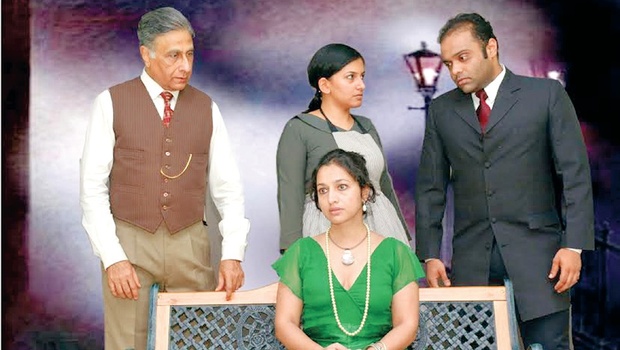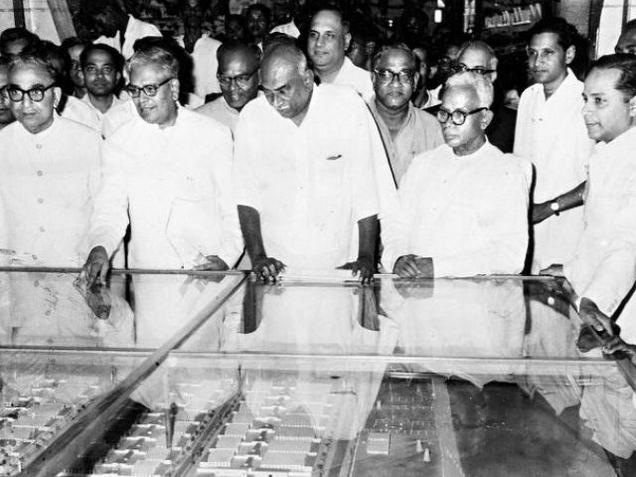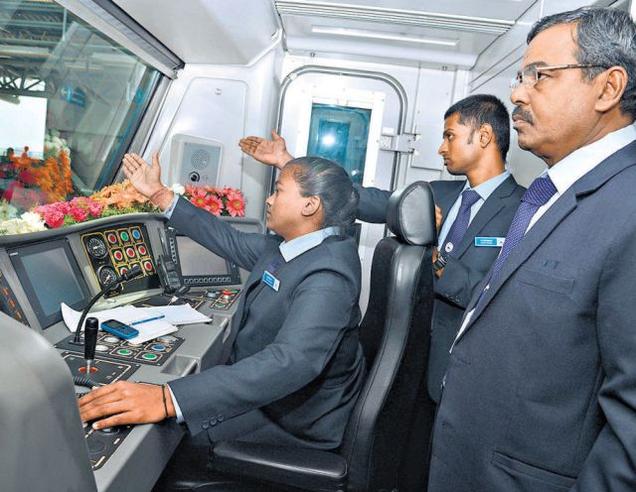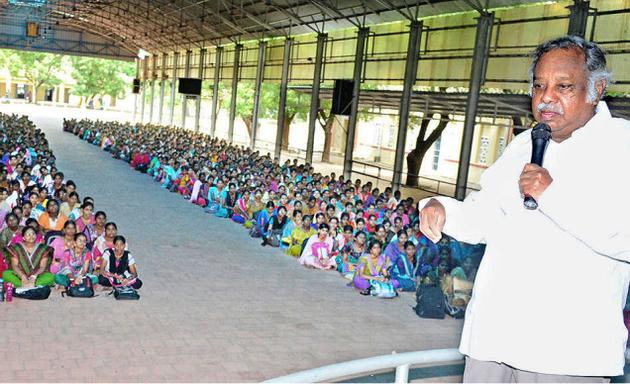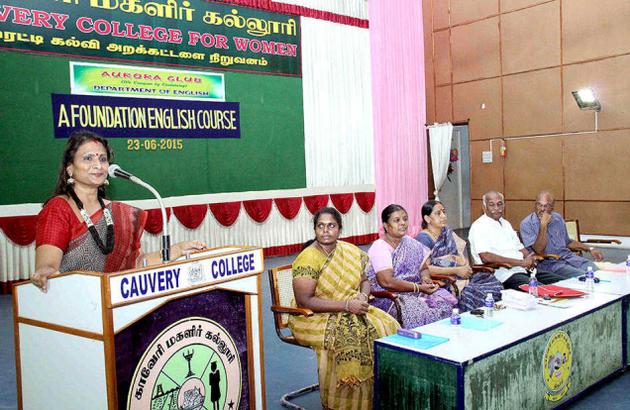Madurai :
The crew members of a fishing boat from Kanyakumari and an oil tanker ship carrying the Singapore flag have been selected for Indian Coast Guard SAR awards.
The crew members of the boat – Auster – and the oil tanker — Maersk Privilege — will get the award for rendering timely help to 11 fishermen in distress at the Arabian Sea.
The awards — Indian Coast Guard SAR Award for Fishermen and Indian Coast Guard SAR Award Merchant Ship — will be conferred during a meeting of the National Maritime Search and Rescue Board at Gandhinagar in Gujarat on July 17, according to a statement from Maritime Rescue Coordination Centre of Coast Guard.
On May 9, a deep sea fishing vessel, MFB Arputha Matha, belonging to S Justin of Eraviputhanthurai, ran aground on a coral reef near Lakshadweep. The crew members started calling for help with a limited frequency wireless set.
On May 9, a deep sea fishing vessel, MFB Arputha Matha, belonging to S Justin of Eraviputhanthurai, developed a technical snag and crew members were unable to fix it. They started calling for help with a limited frequency wireless set.
The oil tanker picked up the signal and responded by reaching the spot to extend help. With their advanced communication system they communicated to the Coast Guard in Mumbai as well as other boats in the vicinity.
As the Coast Guard was coordinating the rescue operations, fishing boat Auster rushed to help the fishermen in distress. All the 11 crew members were rescued.
“The Coast Guard is awarding the fishing boat as well as the oil tanker for their timely help in rescuing fishermen in distress,” stated Vincent Jain of the Association of Deep Sea Going Artisanal Fishermen.
Auster’s owner Lourdaiyyan said, “We felt it was our duty to help our fishermen in distress, and this award is a real encouragement for us.”
The awards — Indian Coast Guard SAR Award for Fishermen and Indian Coast Guard SAR Award Merchant Ship — will be conferred during a meeting of the National Maritime Search and Rescue Board at Gandhinagar in Gujarat on July 17
source: http://www.timesofindia.indiatimes.com / The Times of India / Home> City> Madurai / by J. Arockiaraj, TNN / July 06th, 2015
